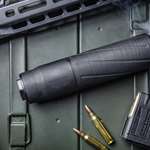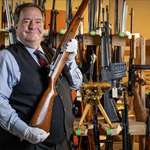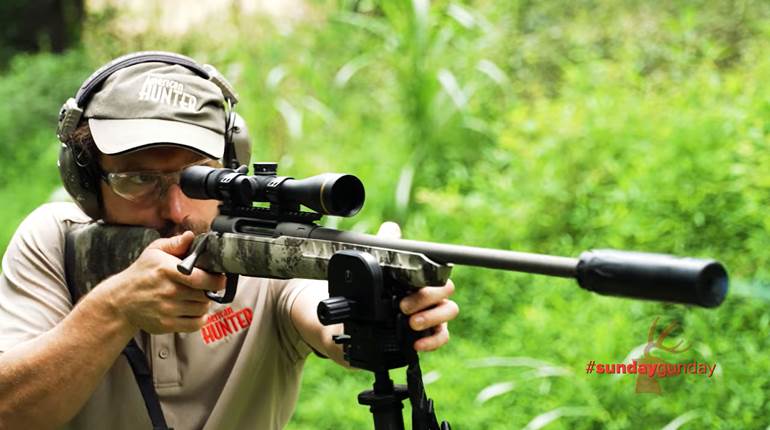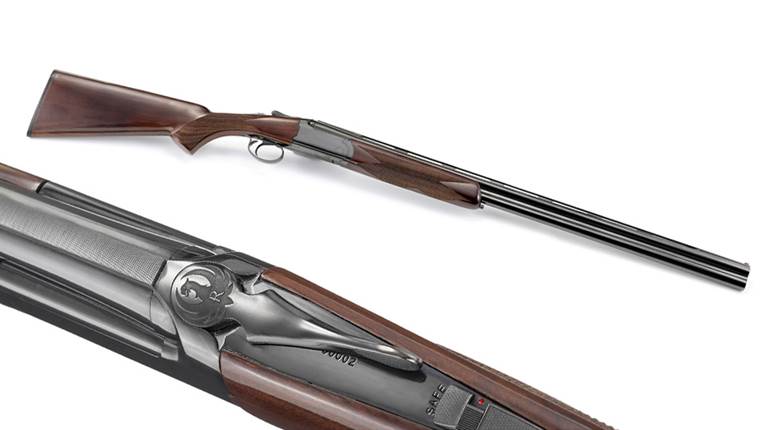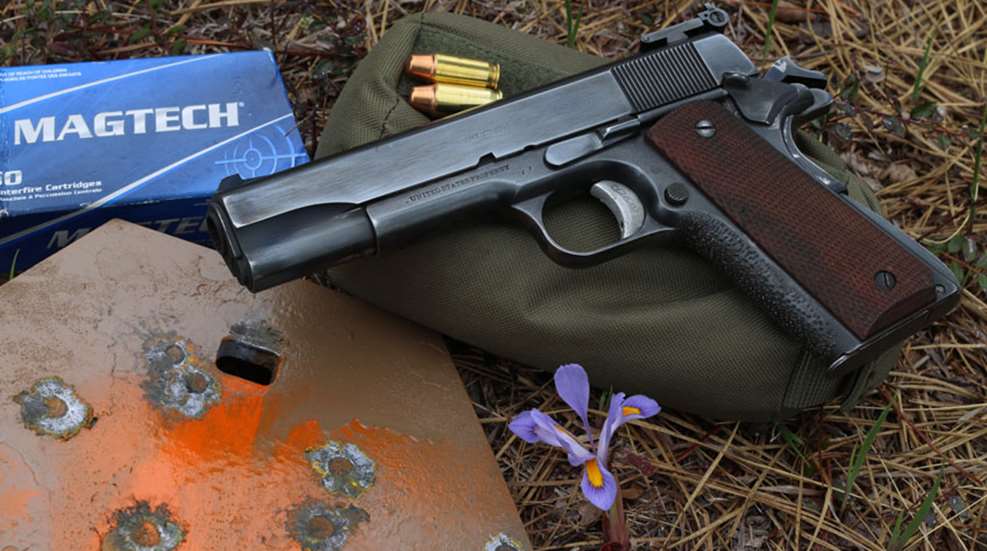
This is not just a 1911 story. It is a treasure story, just as much a mystery, and there is definitely magic involved. The story involves a multi-generational saga, so it defies normal categorization. But that is what makes it worth telling.
Like every good tale, this one begins with a “So there I was” … surfing Gunbroker looking at a few reliable sellers who have great stuff. I needed nothing and was simply enjoying some browsing. And then, there it was. The title said “Colt 1911… Arsenal rebuilt, 1913 US Property frame.” The images showed a well-used 1911 set up as a National Match or bullseye “hardball” gun. The slide and frame were made by Colt, but the slide had later commercial roll marks, while the frame was an original 1911-style without the trigger scallops. The “UNITED STATES PROPERTY” stamp and the inspector’s cartouche proved its G.I. heritage, while the 31,000’s serial number put it at 1913, a little more than a year from Colt’s initial deliveries of the pistol.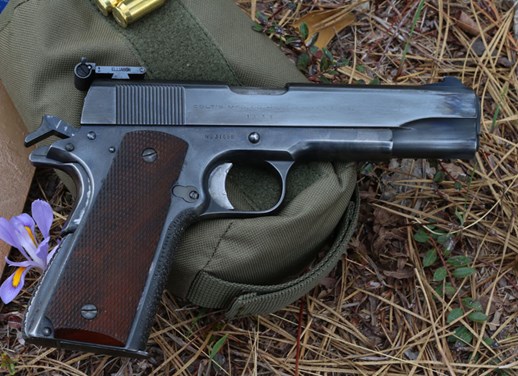
The frame was stippled with a punch rather haphazardly, and the arched mainspring housing had been worked over diagonally and deeply with some sort of file for a coarse, “checkered” effect. The slide wore a National Match front sight matched up to an old-style Colt Eliason adjustable rear. The long aluminum trigger had unsightly divots where there was once a trigger shoe installed, and someone had scrawled “BAB” in electro-pencil on the inboard side. The slide had “1332” marked under the ejection port, worn faint from some polishing that had occurred before the mismatched upper and lower had been re-blued together.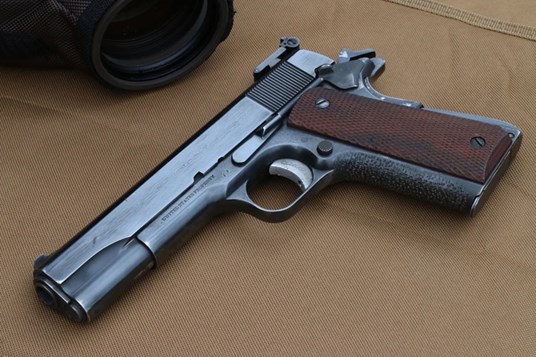
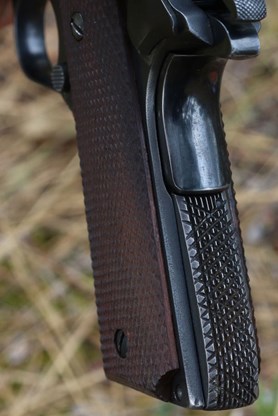 Everything about this pistol was slightly off. You wouldn’t expect to find such an early frame mated to what appeared to be a National Match slide. However, something about this pistol absolutely shouted “military armorer build” to me. When I shot for one of the Marine Corps’ station pistol teams we had been issued old Quantico-built National Match-style .45s, and this had that look—a number of small tells that appeared emblematic of a military build. Military armorers tend to be oblivious to cosmetic touches, for example, and tend to stipple in a way that no commercial pistol-smith would—functional; effective; ugly.
Everything about this pistol was slightly off. You wouldn’t expect to find such an early frame mated to what appeared to be a National Match slide. However, something about this pistol absolutely shouted “military armorer build” to me. When I shot for one of the Marine Corps’ station pistol teams we had been issued old Quantico-built National Match-style .45s, and this had that look—a number of small tells that appeared emblematic of a military build. Military armorers tend to be oblivious to cosmetic touches, for example, and tend to stipple in a way that no commercial pistol-smith would—functional; effective; ugly.
Bidding on a mixmaster match gun is high risk; the lockwork is almost certainly messed with—perhaps poorly—the two halves may not function reliably as a whole, etc. I barely stopped to consider these or other pitfalls, though I’ve been burned on auction sites before. Something about the photos of this Colt spoke to me in a way that no other pistol ever has. It was as if this .45 was reaching out to me through the internet. Not in a puppy at the pound, please take me home way. More like excalibur in the stone beckoning Arthur to come release it. I named my price. Apparently the rest of the internet simply saw a mixmaster, beater 1911. A complete 1913 manufacture Army Colt would be a hefty sum. Likewise would be a complete postwar National Match. My winning bid was a couple hundred dollars less than the rack-grade price of current CMP mixed-part 1911A1s.
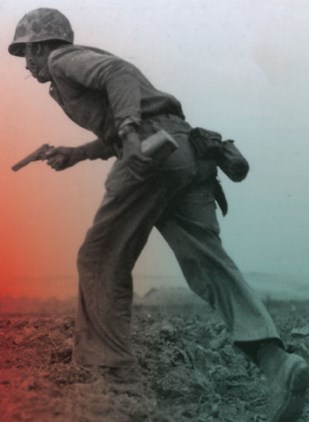 When the Colt arrived it took only one cycling of the action to confirm my hopes. The pistol cycled like the very best custom 1911s from an earlier era. It was tightly fitted in a way that in the days of pre-CNC machined and custom-mated parts meant hours of careful work. The pistol was almost perfectly tight, but cycled with an oily smoothness that inspired admiration and confidence. I had every suspicion this was going to be a shooter.
When the Colt arrived it took only one cycling of the action to confirm my hopes. The pistol cycled like the very best custom 1911s from an earlier era. It was tightly fitted in a way that in the days of pre-CNC machined and custom-mated parts meant hours of careful work. The pistol was almost perfectly tight, but cycled with an oily smoothness that inspired admiration and confidence. I had every suspicion this was going to be a shooter.
The custom Colt felt really good in the hand, the ugly-duckling stippling and checkering almost perfectly coarse for my taste, and the aged figured walnut stocks with plenty of bite left on the checkered points. I verified empty and tested the trigger pull. I’ve had the great fortune to handle a large number of custom, semi-custom and just plain nice pistols, and the first press on a great trigger never gets old. This one brought a deep smile to my face. If I said it was like perfection dipped in warm chocolate, it is probably a better description than the usual 1911 cliches. I was wiling to bet money the trigger was breaking a feather above 4 lbs. (the rulebook minimum for a service pistol). Upon measurement … 4.09 lbs. This with old school parts—the early long trigger, a G.I. hammer that had been milled down to reduce hammer bite and weight and likely a G.I. sear and spring.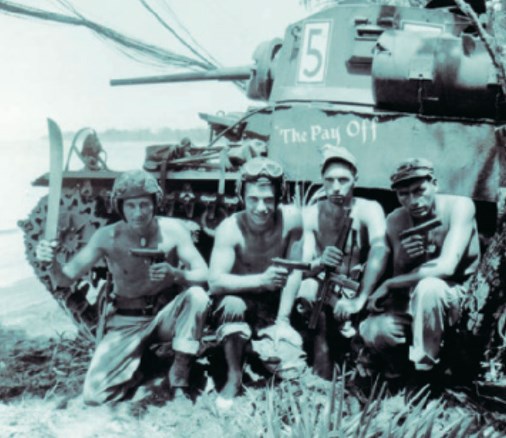
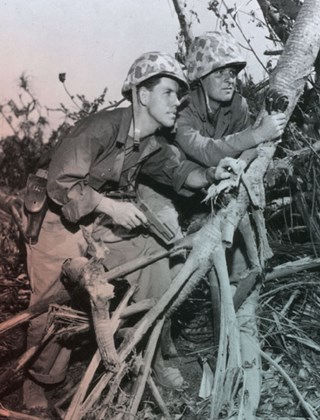 I thought about the old 1913 frame on the gun. This thing was made just as Theodore Roosevelt had lost his Bull Moose party run for the presidency and Woodrow Wilson took office. The Colt had probably gone to the border in a cavalry flap holster, either on horseback or in one of the “new” motor cars to chase Pancho Villa. You can almost imagine the wonderment of the trooper as he handled the cutting edge, “self-loading” .45. The Colt almost certainly went “Over There” with the same soldier, or perhaps another doughboy to fight through the trenches in World War I. The “AA” marking on the dust cover showed the pistol was overhauled at the Augusta Arsenal for further service, and very likely served through the Second World War with another generation. I could picture this same pistol comforting some G.I. through long nights on some steamy Pacific island, ready to repel a banzai charge or clenched in hand to clear caves and tunnels.
I thought about the old 1913 frame on the gun. This thing was made just as Theodore Roosevelt had lost his Bull Moose party run for the presidency and Woodrow Wilson took office. The Colt had probably gone to the border in a cavalry flap holster, either on horseback or in one of the “new” motor cars to chase Pancho Villa. You can almost imagine the wonderment of the trooper as he handled the cutting edge, “self-loading” .45. The Colt almost certainly went “Over There” with the same soldier, or perhaps another doughboy to fight through the trenches in World War I. The “AA” marking on the dust cover showed the pistol was overhauled at the Augusta Arsenal for further service, and very likely served through the Second World War with another generation. I could picture this same pistol comforting some G.I. through long nights on some steamy Pacific island, ready to repel a banzai charge or clenched in hand to clear caves and tunnels.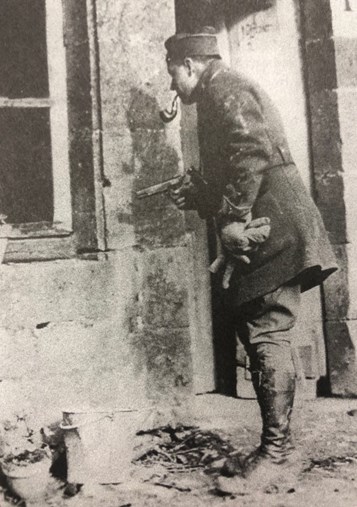
How did this thing end up with a National Match slide? I had a couple of working theories. In one, a talented armorer chose the 1913 frame because of its fit on the slide, and as it was older, it wouldn’t be a loss to dedicate it as a match gun. In another—less charitable—an armorer brought home some parts, including the NM serialized slide, and built them up on a cheap, recently DCM (precursor to CMP) surplus, arsenal-rebuilt, 1911 frame. Whoever the smith and whatever the path that brought these two Colt halves together, it is a happy ending.
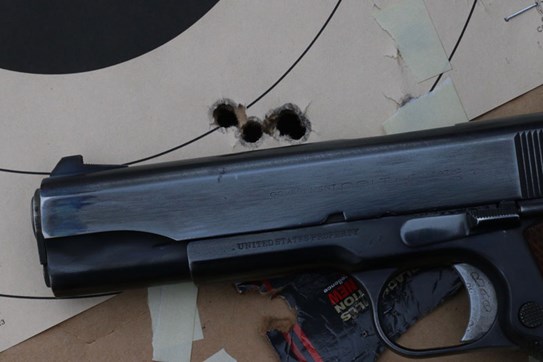
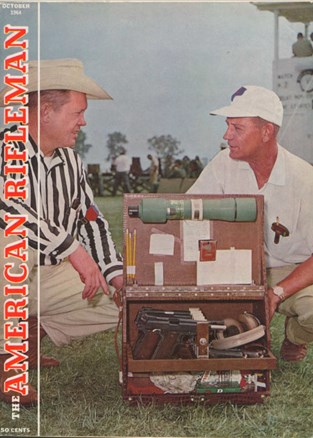 And who was the “BAB” represented by the letters on the trigger? The ‘smith, or perhaps the shooter? The parts and build of this pistol suggest a late 1950s or early 1960s timeframe, smack dab in the golden age of bullseye shooting as the predominant pistol sport. Did the original owner proudly heft this Colt and stack enough “X”s to win a shelf of trophies? I tend to believe so, though with no way of substantiating it.
And who was the “BAB” represented by the letters on the trigger? The ‘smith, or perhaps the shooter? The parts and build of this pistol suggest a late 1950s or early 1960s timeframe, smack dab in the golden age of bullseye shooting as the predominant pistol sport. Did the original owner proudly heft this Colt and stack enough “X”s to win a shelf of trophies? I tend to believe so, though with no way of substantiating it.
I took the old Colt to the range and starting shooting. It cycled smoothly and reliably, with the oily grace only a full custom build produces. When shooting an old loose 1911, the parts are rattling together into a locked position, then every motion in the firing cycle imparts a subtle jolt as the parts jostle back and forth. When the design is fitted tight and right there is a smoothness that is a wholly different experience (most current-production 1911s are thankfully past the midpoint on this spectrum). One might compare it to the difference between cutting a fine steak with a coarse serrated knife and a razor-sharp steak knife. Both produce the same function with a similar motion, but the feel is entirely dissimilar.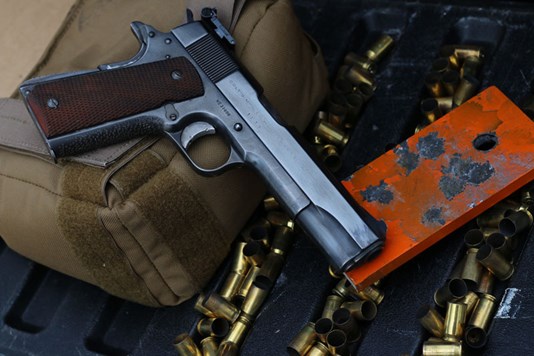
I fired a few representative groups with different loads. Some Black Hills hollow points punched into less than an inch, some MagTech semi-wadcutters just barely over. A couple of handloads piled three or four into a single hole with a fifth close by. I was as excited as a kid catching his first fish. This kicked off the quest.
For months I would bring the National Match out on each range trip and log a few more loads. I would mostly fire one representative group, maybe a second or third group if there was real potential, or if I felt there were some fliers. After the first six or so, the average was about an inch and a quarter—a group that would neatly nearly fit under the inch and a half cap to the typical gallon jug of milk. At 10 groups the average hadn’t budged, nor at 15. By 20, the average had started to creep closer to an inch. I found loads with multiple bullet styles and weights, and several powders that would cut ragged holes. The Colt was indifferent to whether the loads were hardball, modern defensive hollow points or match loads- every shot seemed to pull the next one close.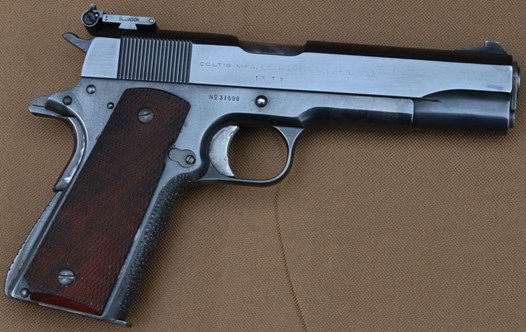
As of this writing, the best 10 loads average under an inch at .97”. The average of over 25 different loads is 1.18”. Some highlights are in the table, but this is perhaps the most consistently accurate 1911 I’ve fired. Keep in mind, these groups are all fired over a standing rest—my preferred method—but also one that makes groups much under an inch and a quarter a real challenge.
Outside of the 25-yd. groups I have pushed the old Colt on some challenging drills with results beyond what I can guarantee with even current custom pistols. In a nutshell, this 107-year-old Colt has 40 ozs. of magic forged into its Hartford steel.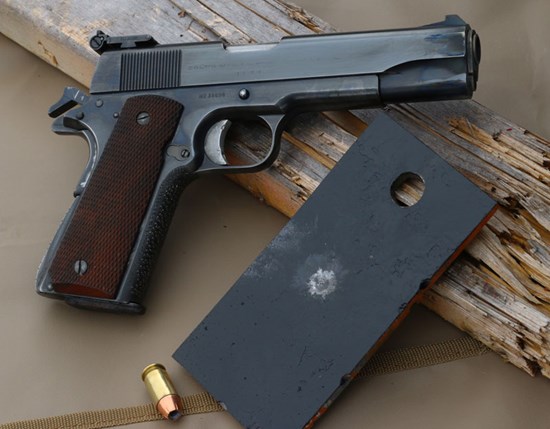
I often shoot the plate rack at 50 yards for a challenge. With some pistols, that is better described as “I hit some plates at 50 yards,” and with others, it is “I hit most plates at 50 yards.” The mixed Colt shrugged off the plates like they were a gimme, so I began actually running the rack of six for time. My current best center-fire semi-automatic time belongs to the Colt, with a time so short it challenges belief.
Here is a fun fact: Most .45 ACP loads when sighted for a 6 o’clock hold at 25 yards will strike close to dead on at 70. With the old Colt, I started lobbing rounds at the 8” plates from 70 yards on most trips. I was able to record eight or nine hits out of 10 with numerous loads. On several days where the light was ideal and I was shooting strongly, most of those impacts formed nearly overlapping spatter marks into a fist-sized group. At present, my best is 10 out of 11, and hopefully by the time this is printed, I’ll have a perfect run.
Shooting this National Match is a unique and distinctly rewarding experience. Every time I marvel at how well it shoots from a purely practical point of view. This invariably leads to a deep appreciation for the pistolsmith who fitted it up and tuned it so expertly some 60 or more years ago. That leads as often as not to wondering about the past lives that have intertwined with a common bond in this old Colt over the last century-plus in service, combat and competition. It is no surprise that wrapping a hand around that frame is akin to shaking hands with something special. I’m just glad that the old Colt found me.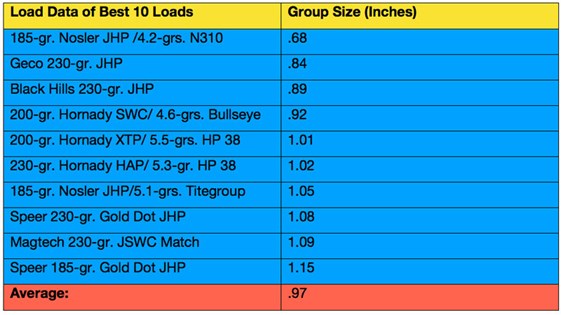
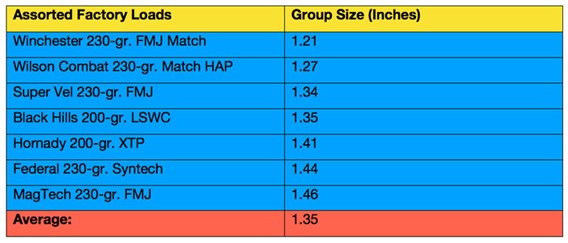
Additional Reading:
The Doughboy's M1911 Pistol in World War I












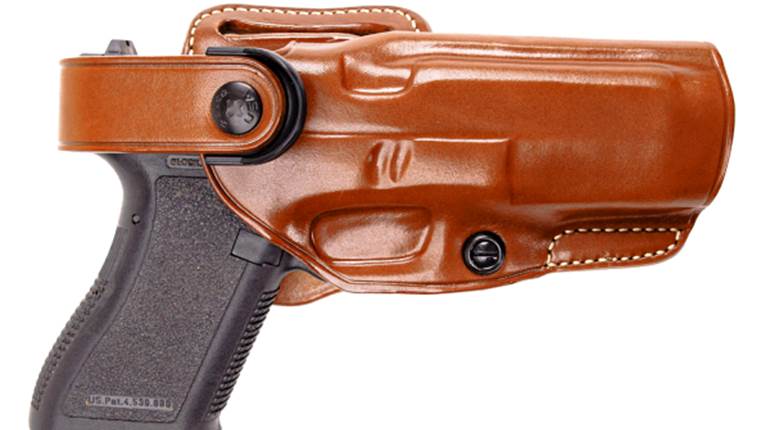
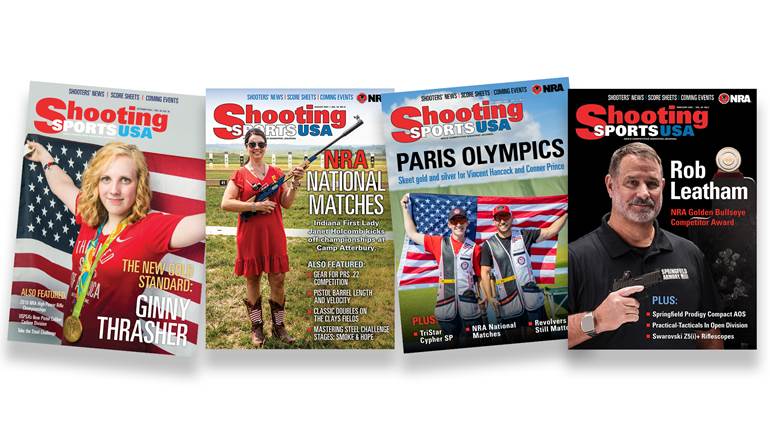
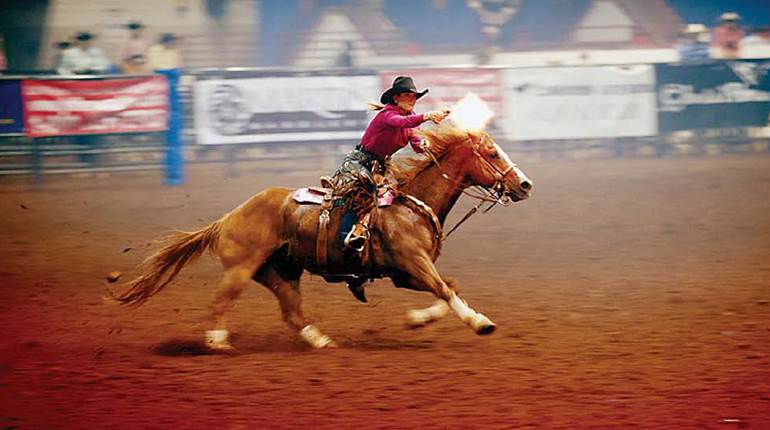
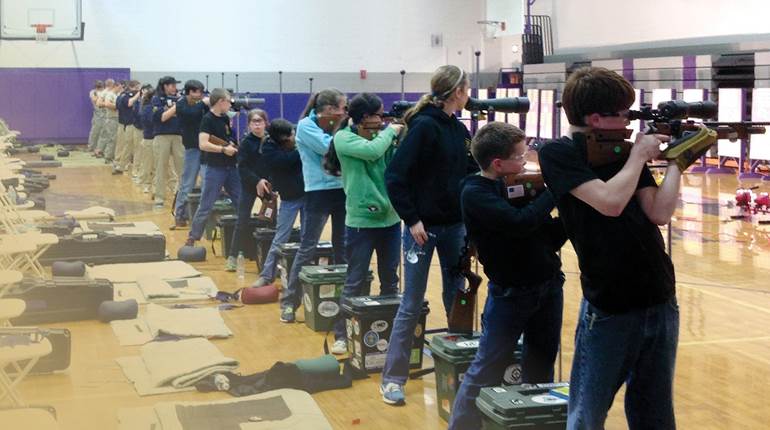

![Winchester Comm[94]](/media/1mleusmd/winchester-comm-94.jpg?anchor=center&mode=crop&width=770&height=430&rnd=134090756537800000&quality=60)
![Winchester Comm[94]](/media/1mleusmd/winchester-comm-94.jpg?anchor=center&mode=crop&width=150&height=150&rnd=134090756537800000&quality=60)

